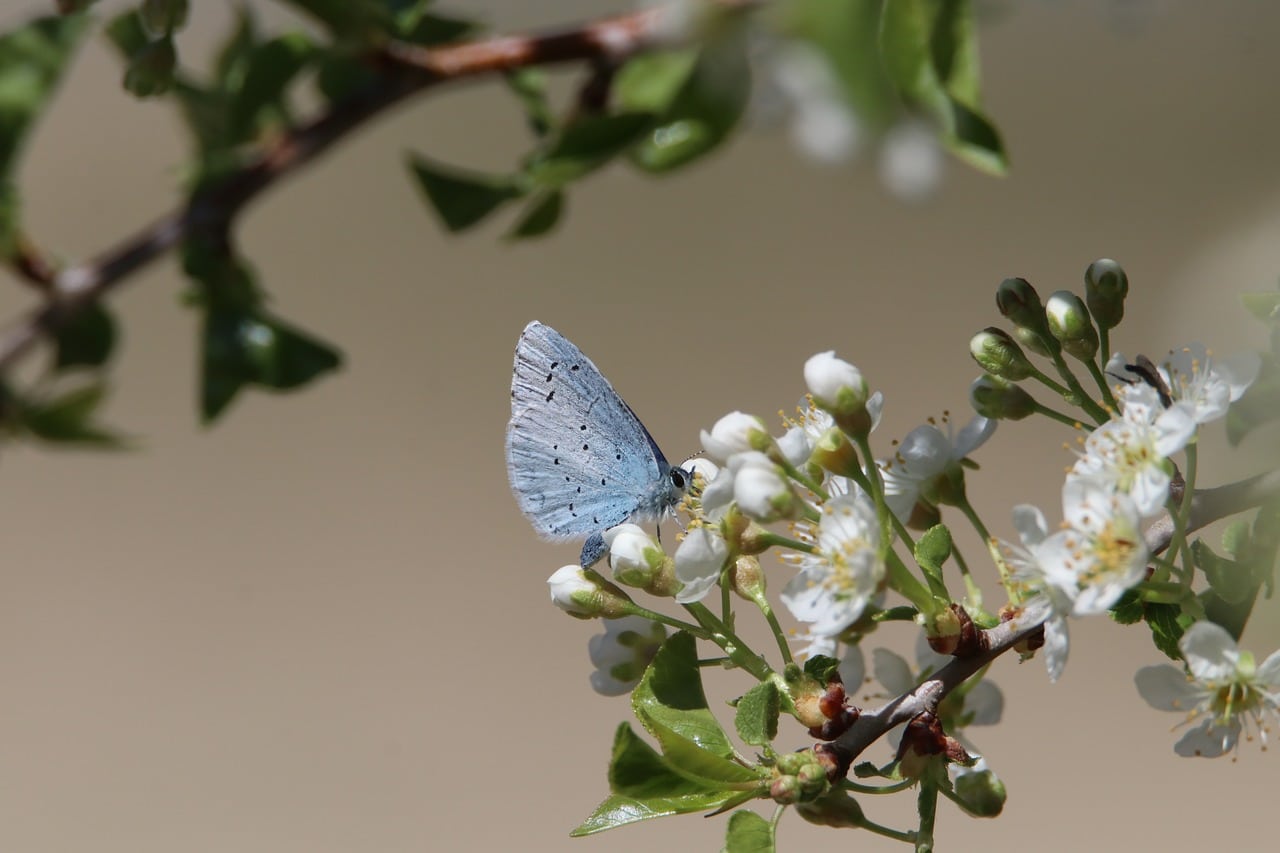How do indigenous communities contribute to biodiversity conservation?

When we talk about biodiversity conservation, the role of indigenous communities is often overlooked. However, these communities play a critical role in preserving the natural world. Indigenous peoples are stewards of the earth, safeguarding 80% of the world’s remaining biodiversity. Their traditional knowledge, sustainable practices, and intimate relationship with the land make them invaluable allies in the fight against climate change. In this article, we’ll delve into the ways indigenous communities contribute to biodiversity conservation.
Indigenous Knowledge and Sustainable Practices
Indigenous communities have lived in harmony with the environment for generations. Their traditional knowledge, passed down through generations, offers valuable insights into sustainable development and climate adaptation. Indigenous knowledge is often rooted in deep respect for nature, promoting a harmonious relationship that sustains the environment rather than exploits it.
Cela peut vous intéresser : Can blockchain technology enhance the transparency of supply chains in the food industry?
At the core of their traditional knowledge is an understanding of the interconnectedness of all living things. They know that the health of the land affects the health of the people. As such, they engage in practices that promote the wellbeing of the entire ecosystem. For example, they often use traditional farming techniques that enhance soil fertility, conserve water, and increase biodiversity.
Furthermore, indigenous communities possess an extensive understanding of local species and ecosystems, which contributes to biodiversity conservation. They understand the behavior of local species, their life cycles, and the relationships between different organisms. This knowledge is essential in protecting endangered species and restoring damaged ecosystems.
A voir aussi : What impact does music therapy have on patients with neurological disorders?
Community Conserved Areas and Indigenous Peoples’ Rights
Indigenous communities are not only knowledgeable about conservation, but they also contribute through their direct actions on the land. Many indigenous lands are classified as Community Conserved Areas, a type of protected area managed by local communities. These areas often have higher biodiversity than surrounding lands.
The United Nations has recognized the crucial role of indigenous peoples in biodiversity conservation, and several international agreements have been reached to protect their rights. For example, the United Nations Declaration on the Rights of Indigenous Peoples (UNDRIP) affirms the rights of indigenous peoples to conserve and protect their lands and resources.
However, these rights are often not respected, and indigenous communities face threats from land grabs, illegal logging, and mining. Protecting the rights of indigenous peoples is not only a matter of human rights but also a crucial step towards global biodiversity conservation.
Indigenous Communities and Climate Change
Another significant aspect of biodiversity conservation is addressing climate change. Indigenous communities are at the forefront of climate action, as they are often the first to feel the effects of a changing climate.
Traditional knowledge of indigenous communities can provide valuable insights on how to adapt to changing weather patterns. They have been documenting and adapting to climate variability for generations and can provide strategies for resilience and adaptation. Moreover, their sustainable management of forests and other ecosystems plays a crucial role in sequestering carbon and mitigating climate change.
However, despite their significant contributions, indigenous communities are often excluded from climate discussions and decision-making processes. Their inclusion is essential for equitable and effective climate action.
The Path Forward: Collaboration and Respect
The role that indigenous communities play in biodiversity conservation is undeniable. Their knowledge and practices have sustained some of the world’s most biodiverse regions for generations. Recognizing and respecting their rights, and integrating their expertise into conservation strategies, can enhance global efforts to protect the planet.
Collaboration with indigenous communities can take many forms. It can involve sharing scientific research and conservation methods with indigenous communities or learning from their knowledge. It can also involve supporting indigenous-led conservation initiatives, such as Community Conserved Areas.
In conclusion, when we talk about biodiversity conservation, we should not overlook the role of indigenous communities. They are the guardians of the earth, their traditional knowledge and practices contribute significantly to biodiversity conservation, and their rights need to be respected and protected. By working together with indigenous communities, we can create a more sustainable and diverse world.
